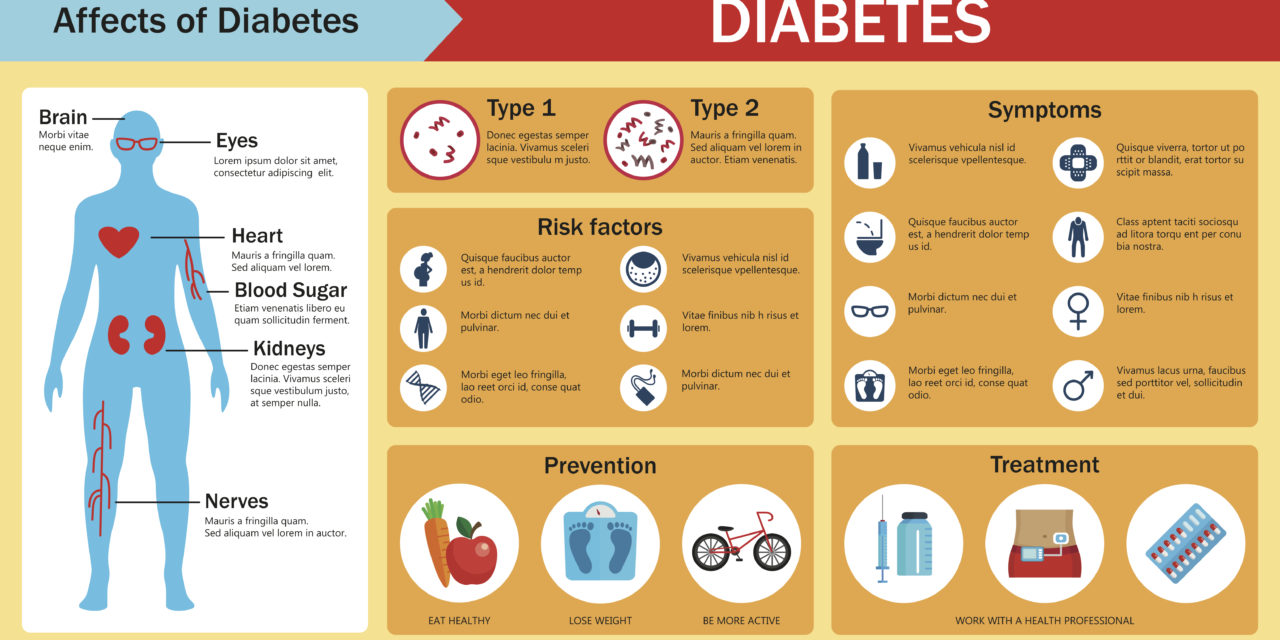Shop At Haya: Your Ultimate Shopping Guide
Discover the best shopping tips, trends, and deals for a smarter buying experience.
Sweet Secrets: How to Keep Your Blood Sugar in Check
Unlock the sweet secrets to balanced blood sugar and enjoy life to the fullest! Discover expert tips and tasty tricks for a healthier you.
5 Delicious Snacks to Help Manage Your Blood Sugar
Managing blood sugar levels is crucial for overall health, and incorporating the right snacks into your diet can make a significant difference. Here are 5 delicious snacks that not only satisfy your cravings but also support stable blood sugar levels:
- Nuts and Seeds: A handful of almonds or pumpkin seeds provides healthy fats and protein, helping to curb hunger without causing spikes in blood sugar.
- Greek Yogurt: Rich in protein and low in sugar, Greek yogurt can be topped with berries for added flavor and fiber, making it a perfect snack.
- Veggies and Hummus: Carrot sticks, bell peppers, or celery dipped in hummus offer fiber and healthy fats that promote satiety.
- Hard-Boiled Eggs: Packed with protein, a hard-boiled egg is a convenient snack that keeps you full longer.
- Dark Chocolate: Choose chocolate with at least 70% cocoa. A small piece can satisfy your sweet tooth while providing antioxidants and improving heart health.

Understanding Carbohydrates: The Key to Balanced Blood Sugar Levels
Understanding carbohydrates is crucial for maintaining balanced blood sugar levels. Carbohydrates are one of the three macronutrients, alongside proteins and fats, and they play a vital role in providing energy for your body. When consumed, carbohydrates are broken down into glucose, which is then used by cells for energy. However, not all carbohydrates are created equal. Simple carbohydrates, found in sugary foods and drinks, can cause rapid spikes in blood sugar levels, while complex carbohydrates, found in whole grains, fruits, and vegetables, are digested more slowly and contribute to a steadier release of glucose into the bloodstream.
To maintain optimal blood sugar levels, it's important to focus on the quality of carbohydrates in your diet. Here are some tips for selecting the right carbohydrates:
- Opt for whole, unprocessed foods like fruits, vegetables, and whole grains.
- Limit intake of refined sugars and processed carbohydrates found in sweets and white bread.
- Incorporate healthy fats and proteins into your meals to further stabilize blood sugar.
By understanding the types of carbohydrates you consume and their effects on your body, you can make informed choices that promote balanced blood sugar levels.
What Are Glycemic Index and Load, and How Do They Affect Your Blood Sugar?
The glycemic index (GI) is a ranking system that classifies foods based on their impact on blood sugar levels. Foods that are high in carbohydrates are assigned a GI score, which can range from 0 to 100. Foods with a high GI (70 and above) cause a rapid increase in blood glucose, while foods with a low GI (55 and below) lead to a more gradual rise. Understanding the GI of foods can aid individuals in making healthier dietary choices, particularly for those managing conditions such as diabetes or trying to stabilize their energy levels throughout the day.
Beyond GI, the glycemic load (GL) takes into account the carbohydrate content in each serving of food, providing a more complete picture of how a food affects blood sugar. It is calculated by multiplying the GI by the total carbohydrates in a serving and then dividing by 100. This means that a food may have a low GI but can still result in a high GL if consumed in large quantities. Being aware of both GI and GL is crucial for effectively managing blood sugar, as it allows individuals to not only choose foods wisely but also to understand portion sizes that align with their health goals.